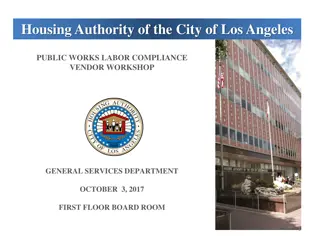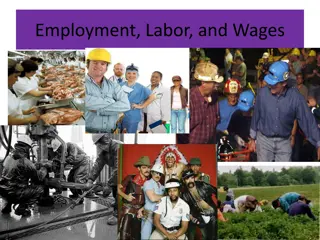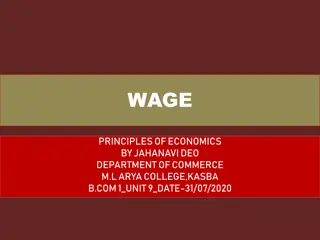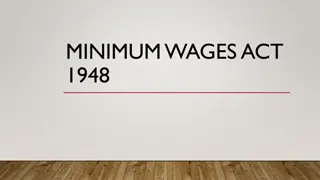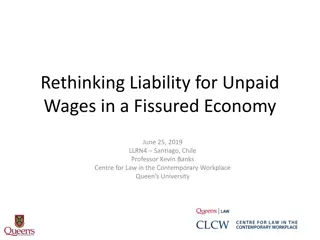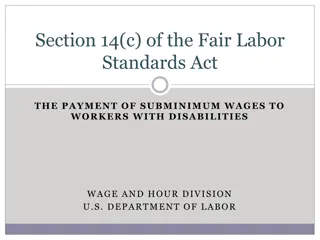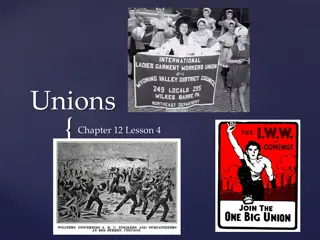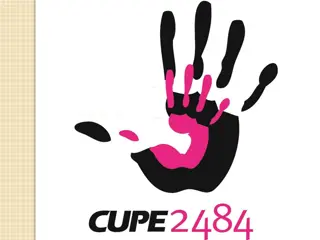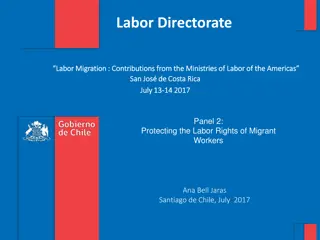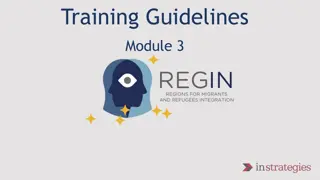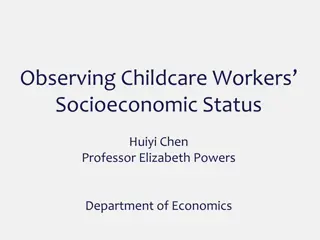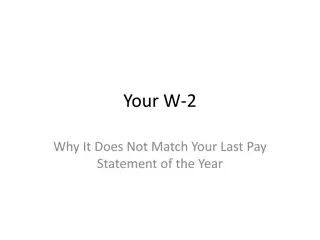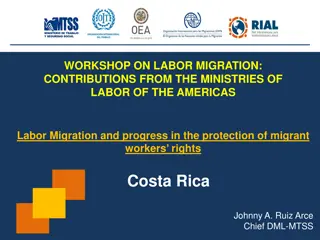Understanding Labor and Wages: Education, Discrimination, and Workers
Explore the impact of education on wages and discrimination on income in this lesson. Identify terms like Labor Force, Glass Ceiling, and more. Learn about different types of workers and their skills. Discover how education level affects wages and the distinction between blue-collar and white-collar workers. Uncover the concept of the Glass Ceiling in gender discrimination.
Download Presentation

Please find below an Image/Link to download the presentation.
The content on the website is provided AS IS for your information and personal use only. It may not be sold, licensed, or shared on other websites without obtaining consent from the author. Download presentation by click this link. If you encounter any issues during the download, it is possible that the publisher has removed the file from their server.
E N D
Presentation Transcript
Labor and Wages In this lesson, students will be able to identify the impact of education on wages and the impact of discrimination on wages. Students will be able to identify and/or define the following terms: Labor Force Four Kinds of Workers Glass Ceiling Affirmative Action
Do Now What is a union? An organization of workers that tries to improve wages and working conditions and benefits for their members.
The labor force is defined as all nonmilitary workers over 16 who are employed or unemployed (but looking for work).
Four Kinds of Workers Unskilled workers possess no specialized skills or training. Semi-skilled workers have minimal skills. Skilled workers have specialized skills and training. Professional workers have advanced education.
A lifeguard is a semi-skilled worker. Lifeguard on duty
An electrician is a skilled worker.
A doctor is a professional worker.
The more educated a worker is, the higher the worker s wage.
A blue-collar worker refers to someone whose profession requires them to perform a good amount of manual labor. Example: firefighting, construction, manufacturing, sanitation, custodial work etc. A white-collar worker is a person who performs professional, managerial, or administrative work. Example: Accountant, Attorneys, Bankers, Consultants, Doctors etc.
The Glass Ceiling Sometimes gender discrimination prevents female employees from advancing. Economists speak of a glass ceiling. A glass ceiling is an invisible barrier that prevents women from advancing in the workplace.
Gender discrimination prevents women from advancing in the workplace. A glass ceiling exists.
Affirmative Action Affirmative action promotes the hiring of women and minorities. Affirmative action policies recognize that women and minorities have historically been denied access to certain jobs. Affirmative action policies seek to remedy past injustices and promote diversity in the workplace.
Education leads to higher wages but gender discrimination still affects wages.
Questions for Reflection: Who is considered part of the labor force? How does education affect wages? What is the difference between unskilled workers, semi-skilled workers, skilled workers, and professional workers? How does the glass ceiling affect women? Why do affirmative action policies exist?



